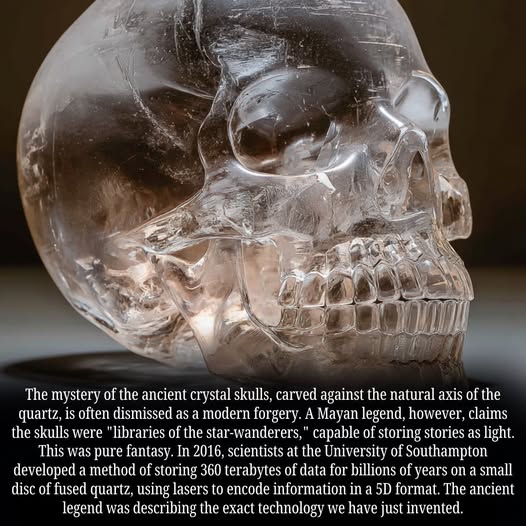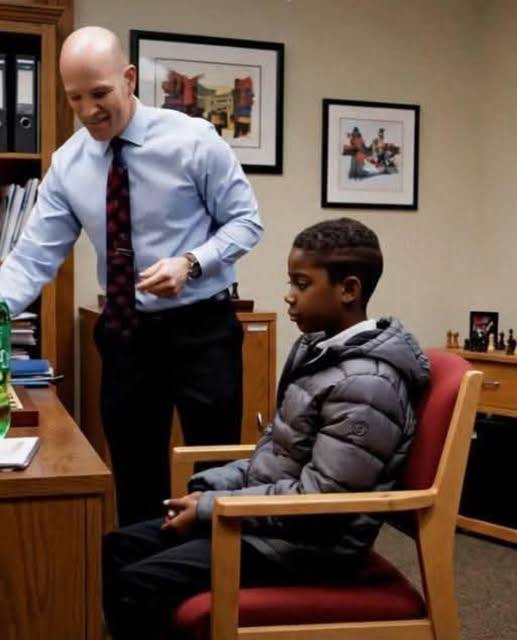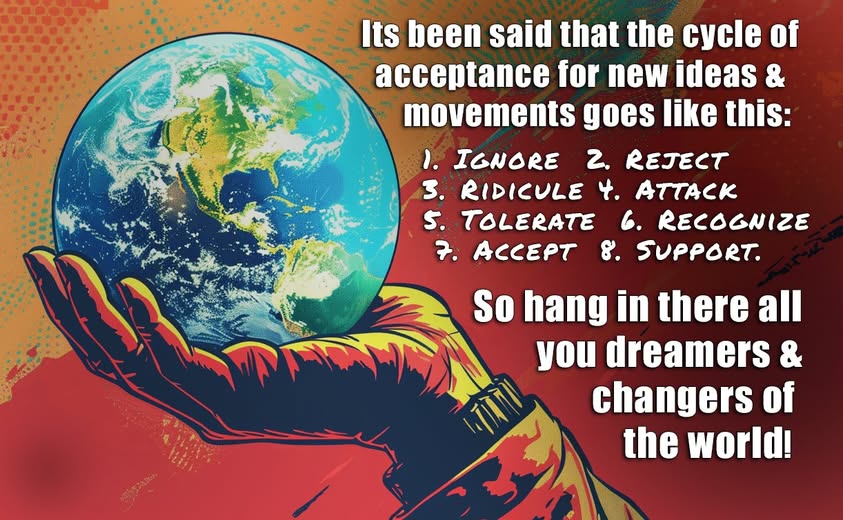
MacKenzie Scott

Jeff Bezos’s ex-wife, MacKenzie Scott, walked away with $38 billion after the divorce.
What did she do with the money?
She gave away $14 billion in 4 years.
She’s been giving it away faster than anyone in history.
MacKenzie Scott could have played the billionaire game: hedge funds, private jets, philanthropy galas.
Instead, she rewrote the rulebook.
Since 2019, she’s given away more than $14 billion to over 1,600 organizations.
No strings. No naming rights. No 200-page grant proposals. Just trust.
Community colleges. Food banks. Racial justice groups. Women’s shelters.
The kinds of organizations that don’t usually get billionaires on the phone.
Her model is radical in its simplicity:
– Give big
– Give fast
– Step out of the spotlight
She doesn’t announce where she’s going next.
She doesn’t sit on panels.
She doesn’t even run a foundation.
She signs a check, walks away, and in a world where philanthropy is often theater, that’s the part that hits hardest.
MacKenzie Scott is proving you can change lives at scale without turning it into a performance.
The quietest billionaire in America might be the one making the loudest impact.
Crystal Skulls

Reverse Osmosis Water Breeds Fungus & Cancer?

My research career began over 30 years ago, when I made a series of observations regarding the type of water used to irrigate farms, orchards and greenhouses. I discovered three vital principles: 1) soil absolutely requires mineralized water in order to be healthy; 2) the water itself must contain a natural energy profile, or “structure”; 3) healthy soil contains a wide variety of micro-organisms which proper water (and the avoidance of chemical farming practices) allows to flourish.
I worked as an agricultural consultant to farmers and greenhouses. One day a new client called me in to handle a total disaster: They had installed a brand-new, large-scale reverse osmosis filter system in their greenhouse and had started using its water to irrigate the seedlings. Very soon their crops were being destroyed by black fungus. They’d never seen anything like it.
I ran some experiments comparing regular, from-the-tap water, reverse osmosis water, and Ideal Earth Water filtered water with a non-chemical water conditioner. In every test, the plants watered with reverse osmosis water either died from fungus infection, or were stunted and slow to develop. The plants watered with regular tap water had no fungus issues, but weren’t impressive. The plants watered with Ideal Earth Water (which removed toxins but left the healthy minerals in the water), did much better than the plants watered with tap water, grew faster and more perfectly formed.
My client dumped their expensive but horrible reverse osmosis filter system and replaced it with proper filtration and had no further problems.
Then I started to apply my observations about reverse osmosis water to people. Many people I knew were complaining of ill health, very often had Candida (yeast) infections, various digestive disorders, or even cancer. In nearly all cases, I discovered that they had been drinking reverse osmosis water from a home filter or in the form of bottled water (most of which is “purified” using reverse osmosis). I put all of the data together and realized that reverse osmosis water didn’t just promote fungus overgrowth in plants, but also in humans!
What is the cancer connection? Well, a fungus overgrowth in the body releases a flood of toxins into the blood and tissues. Recent research conducted by the Weizmann Institute of Science and the University of California, San Diego has revealed that cancerous tumors tend to be loaded with fungus!
It’s fairly well known among natural-health practitioners that an acidic condition in the body will lead to poor health. Instead of being neutral to slightly alkaline the way water should be, reverse osmosis water is acidic. You are literally drinking acid when you consume it. Loss of minerals from tissues and bones is one result. But this connection with fungus and cancer is an observation which few others have made until recently.
Water from a bubbling mountain spring contains both minerals and a natural structure. It’s neutral to slightly alkaline in nearly all cases. And it does not promote the growth of fungus.
I designed Ideal Earth Water™ filter systems to remove the arsenic, fluoride, pesticides and other contaminants down to NON-DETECTABLE LEVELS, while leaving the healthy, alkaline minerals untouched. Now IS the time to secure your long-term health!
We now have available ZERO-PERCENT interest financing on all Ideal Earth Water filters.
Call me for a no-cost consultation about water and the best solutions for your needs and to secure 24-month zero-interest financing.
Yours in health,
Winston Kao
Natural Health Researcher,
Inventor & Educator
1-727-447-2344
The Lycurgus Cup


The colorful secret of a 1,600-year-old Roman chalice at the British Museum is the key to a supersensitive new technology that might help diagnose human disease or pinpoint biohazards at security checkpoints.
The glass chalice, known as the Lycurgus Cup because it bears a scene involving King Lycurgus of Thrace, appears jade green when lit from the front but blood-red when lit from behind—a property that puzzled scientists for decades after the museum acquired the cup in the 1950s. The mystery wasn’t solved until 1990, when researchers in England scrutinized broken fragments under a microscope and discovered that the Roman artisans were nanotechnology pioneers: They’d impregnated the glass with particles of silver and gold, ground down until they were as small as 50 nanometers in diameter, less than one-thousandth the size of a grain of table salt. The exact mixture of the precious metals suggests the Romans knew what they were doing—“an amazing feat,” says one of the researchers, archaeologist Ian Freestone of University College London.
Finish reading: https://www.smithsonianmag.com/history/this-1600-year-old-goblet-shows-that-the-romans-were-nanotechnology-pioneers-787224/
When The Cam Hits You

RSV Shots Linked to Over 200 Safety Signals — Serious Neurological, Cardiac, and Pregnancy Harms Identified

A new peer-reviewed pharmacovigilance study just published in Human Vaccines & Immunotherapeutics analyzed nearly 18,000 adverse event reports tied to the three FDA-approved RSV vaccines — Pfizer’s Abrysvo, GSK’s Arexvy, and Moderna’s mRESVIA.
The findings are alarming: Pfizer’s vaccine generated 103 positive safety signals, including fetal death, hemorrhage in pregnancy, and preterm birth, while GSK’s vaccine generated 91 signals, including paralysis, Guillain-Barré syndrome, and mini-strokes. Both carried strong signals for immune destruction (thrombocytopenia) and serious neurological damage — in some cases appearing over 200× more likely compared to other vaccines.
Researchers used standard pharmacovigilance methods (Reporting Odds Ratios and Bayesian algorithms) to compare how often certain events were reported after RSV vaccination versus all other vaccines in the system.
And while both Pfizer’s and GSK’s vaccines generated thousands of signals, Moderna’s mRNA RSV shot had too few reports (just 35 cases) to allow for meaningful analysis. That doesn’t mean it’s safe — only that there isn’t enough post-market data yet to detect patterns.
https://open.substack.com/pub/petermcculloughmd/p/breaking-rsv-shots-linked-to-over
There’s a Million Ways To Help

Hang In There Dreamers

6 Exercises That Will Fix 97% Of Your Problems

These exercises are some I have added to my regime.
Wall Angels
Supine Leg Circles
Bodyweight Good Morning
Shoulder Tap Plank
Bodyweight Stepup
Deadbug
